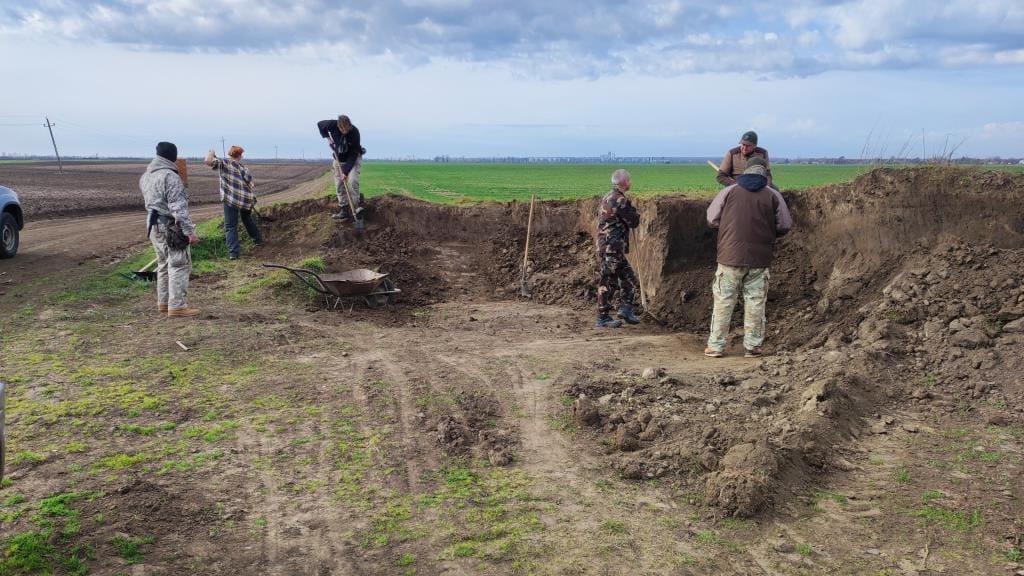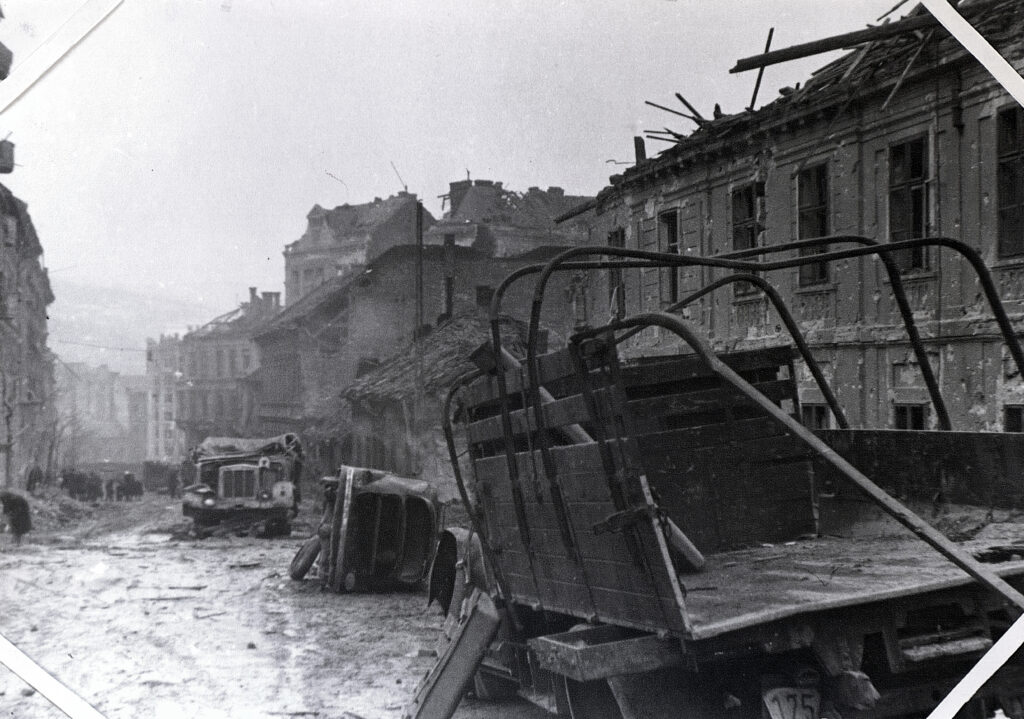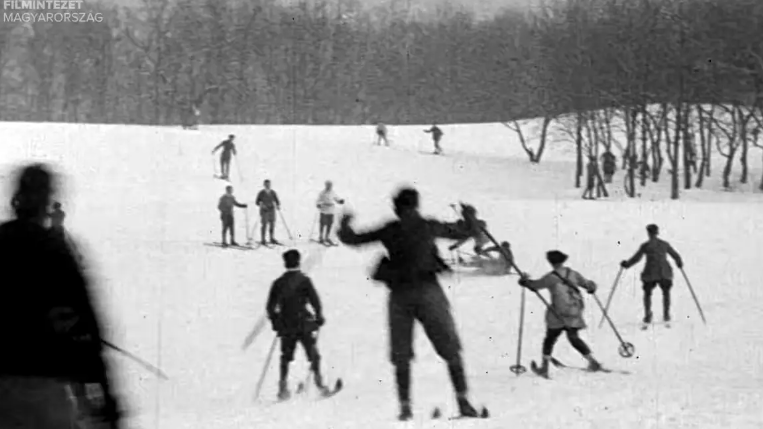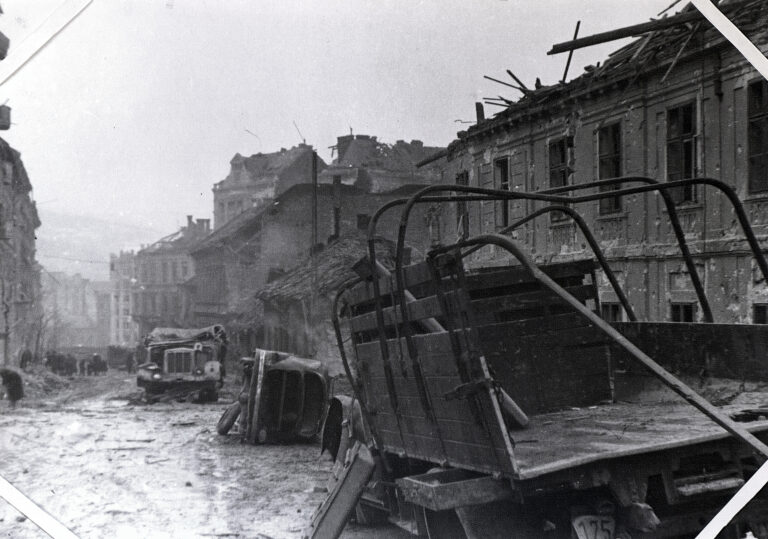The Hortobágy National Park, the oldest reservation of its sort in Hungary, is one of the most popular tourist destinations in the country. Now, there is yet another reason to visit the beautiful region in the eastern part of Hungary. A 4,000-year-old tomb structure, a so-called ‘kurgan’, was found two years ago near the village of Kengyel.
A kurgan is a type of tumulus built over a grave which typically contains one person, along with a burial vessel, and the person’s weapons and horses.
The word ‘kurgan’ can also refer to the entire archaeological culture of Northern and Eastern Europe in the period between 4,000–3,000 BC. Its etymology derives from the Ukrainian word ‘kurhan’, meaning fortress, embankment, or high grave.
A park ranger made the archaeological discovery in Hortobágy in 2021. Alas, since the land around the kurgan is very arable, around 50 per cent of the tumulus has been moved away or eroded over the past two years. Experts from the János Damjanich Museum, located in the city of Szolnok, recently started a reconstruction effort to preserve the Bronze Age relic. The partially torn-down side of the tomb has been reinforced with a new, vertical wall structure and archaeologists have successfully dated the soil that made up the tumulus to be from over 4,000 years ago.
The rest of the tasks to be done are largely administrative, such as registering the tomb as an archaeological site, and entering it into the environmental protection registry. These actions will give extra protection to the tomb structure, which otherwise would be in danger of serious damage or annihilation.
Related articles:







